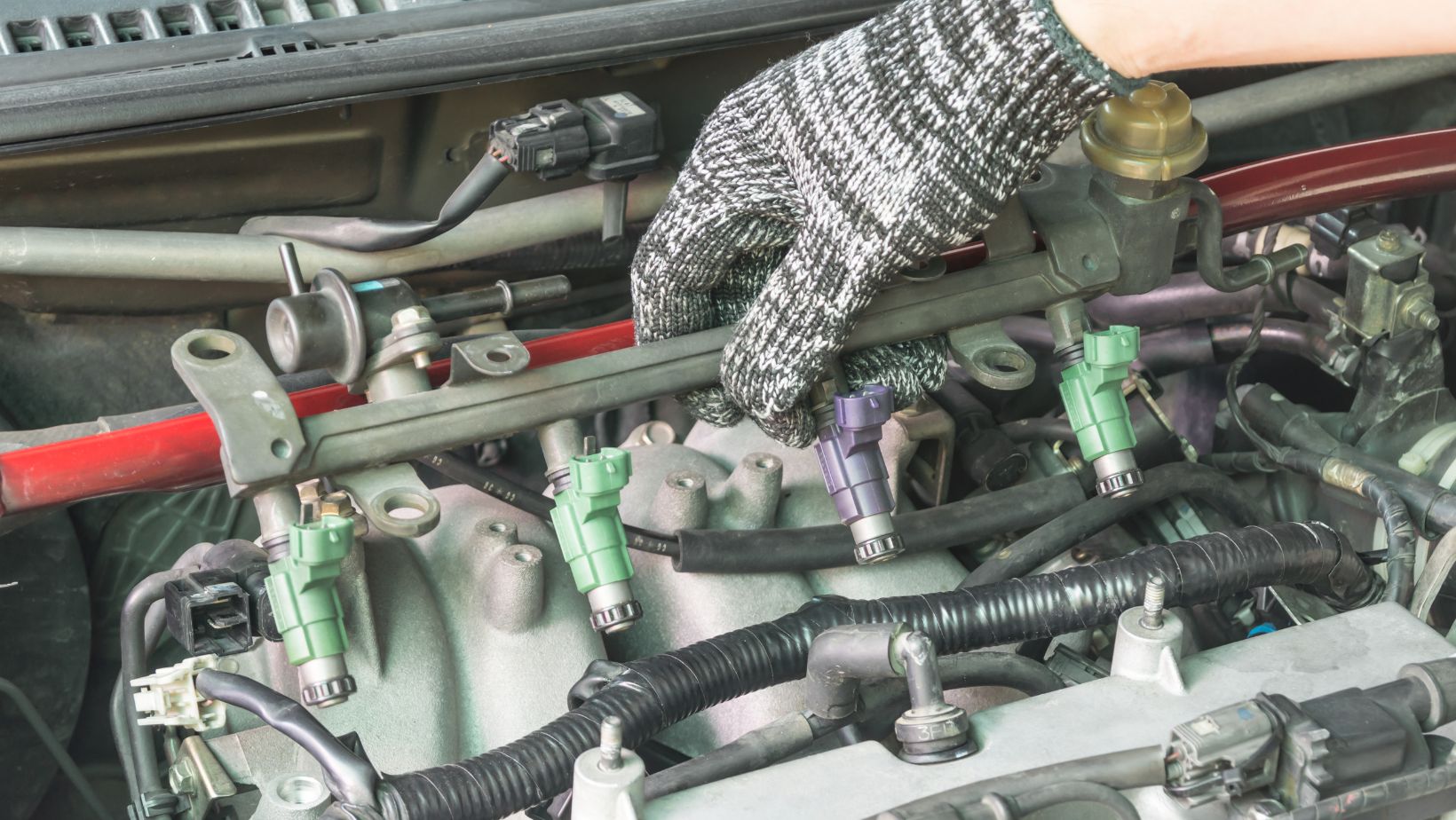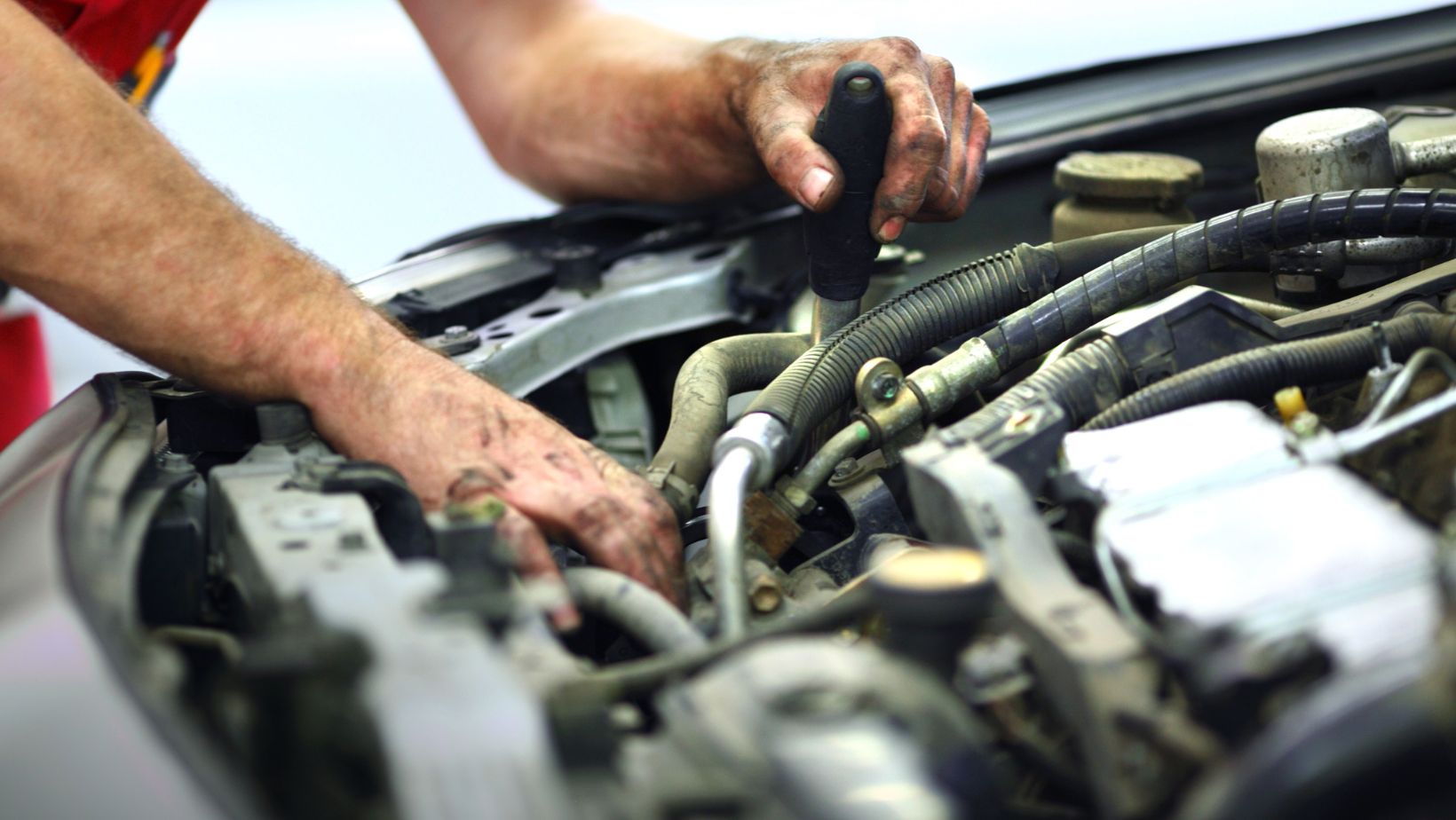
Car Hose Repair
Car hose repair is an essential skill that every car owner should have in their arsenal. Whether it’s a coolant hose, fuel hose, or vacuum hose, these components play a crucial role in the proper functioning of your vehicle. However, over time, hoses can become worn, cracked, or even develop leaks, leading to potential engine damage or loss of performance. In this article, I’ll share some valuable insights on car hose repair, including common signs of hose damage, steps for DIY repair, and when it’s best to seek professional help.
Understanding Car Hoses
Car hoses play a crucial role in the overall functioning of a vehicle’s engine. They are responsible for transporting fluids, such as coolant and fuel, to different parts of the car. Understanding the different types of hoses and their functions is essential for any car owner.
Coolant Hoses: Coolant hoses are designed to carry coolant from the radiator to the engine and back. They help regulate the temperature of the engine, preventing it from overheating. These hoses are usually made of durable rubber or silicone material to withstand the high temperatures and pressures of the cooling system.
Fuel Hoses: Fuel hoses, as the name suggests, transport fuel from the fuel tank to the engine. They are typically made of rubber or nylon material to prevent fuel leaks. It is important to regularly inspect fuel hoses for any signs of damage or leaks, as fuel leaks can be dangerous and lead to engine performance issues.
Vacuum Hoses: Vacuum hoses are responsible for carrying vacuum pressure to various components in the car, such as the brake booster or the HVAC system. These hoses are usually made of rubber or silicone and can become brittle over time. Any cracks or leaks in vacuum hoses can affect the overall performance of the car.
Heater Hoses: Heater hoses are responsible for carrying hot coolant from the engine to the heater core, which then heats up the air in the cabin. These hoses are typically made of rubber or silicone and need to be in good condition to ensure proper heating in the car.
To ensure the longevity and proper functioning of car hoses, it is important to regularly inspect them for any signs of wear and tear. Look out for leaks, bulges, cracks, soft spots, or any unusual smells. If you notice any issues, it is best to address them promptly to prevent further damage to your car’s engine.

Signs of a Damaged Car Hose
When it comes to car hose repair, early detection of damage is key. Being able to recognize signs of a damaged car hose can help prevent costly repairs down the line. Here are some common signs to look out for:
- Leaks: One of the most obvious signs of a damaged car hose is leaking fluid. Whether it’s coolant, fuel, or any other fluid, leaks can indicate a problem with the hose. Keep an eye out for puddles or stains underneath your car.
- Bulges and cracks: Inspect your car hoses regularly for any bulges or cracks. These can weaken the integrity of the hose and lead to leaks or even hose failure. If you notice any abnormalities in the shape or texture of the hose, it’s time to consider repair or replacement.
- Soft spots: Gently squeeze your hoses to check for soft spots. If you notice any areas that feel weak or mushy, it’s a clear indication of hose damage. Soft spots can result from wear and tear or exposure to extreme temperatures.
By being aware of these signs, car owners can catch hose damage early and take the necessary steps for repair or replacement. Remember, timely maintenance can save you from more extensive and expensive repairs in the future.
In conclusion car hose repair is a crucial skill for car owners to possess. Detecting and addressing hose damage early on is essential to prevent costly repairs and engine damage. Signs of damaged hoses include leaks, bulges, cracks, soft spots, coolant or fuel smells, engine overheating, and decreased performance. Common types of car hose repairs include patch repair, hose replacement, hose clamping, and hose reinforcement. Regular inspection and maintenance of your car’s hoses can help identify potential issues before they escalate.







































